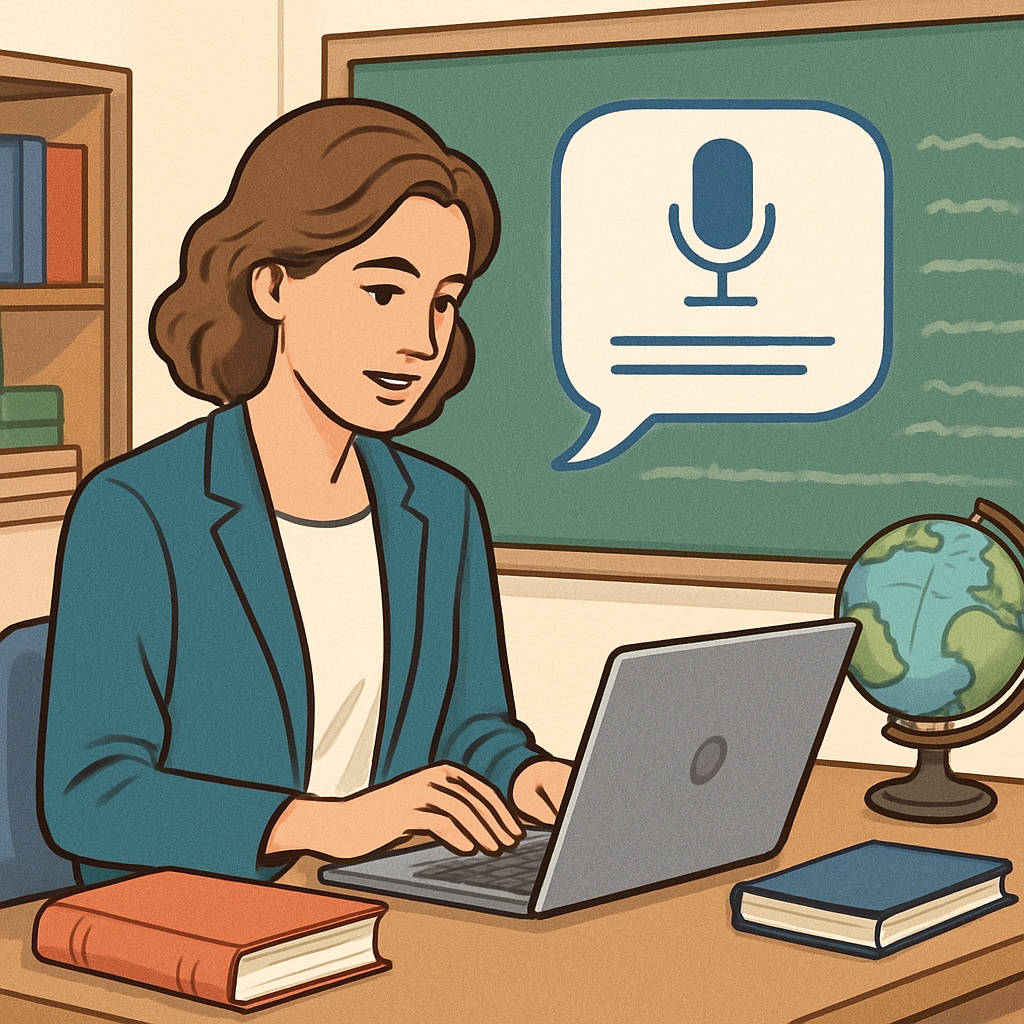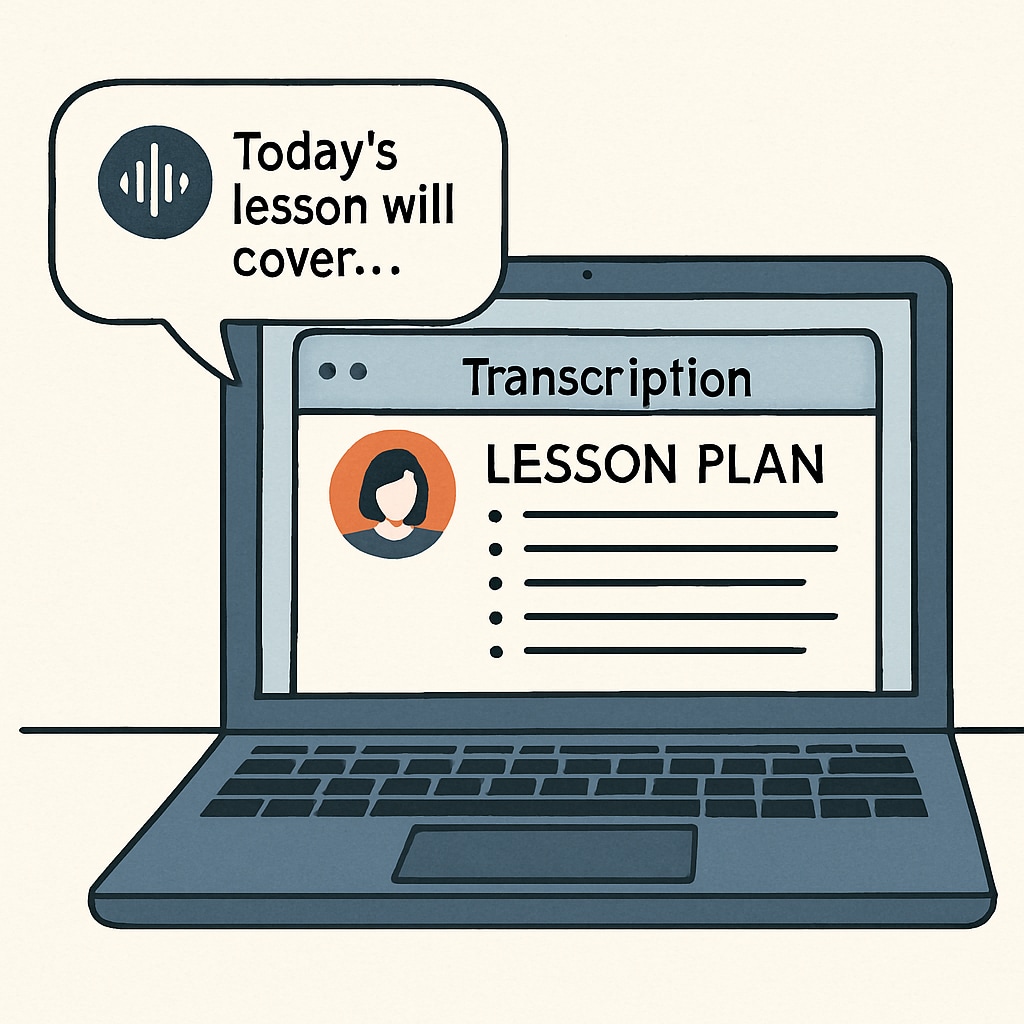In today’s fast-paced educational environment, K12 teachers are often overwhelmed by administrative tasks, from preparing lesson plans to documenting student feedback and communicating with parents. Speech-to-text technology, with tools like WillowVoice, is emerging as a game-changer, offering educators an efficient way to streamline their workflows. By reducing time spent on repetitive tasks, teachers can focus more on what matters most: delivering high-quality education and fostering student growth.

Transforming Student Feedback with Speech-to-Text Tools
Providing timely and meaningful feedback is a cornerstone of effective teaching. Yet, the process of documenting insights for a large number of students can be both time-consuming and exhausting. Speech-to-text technology allows teachers to dictate their thoughts directly into digital tools, capturing detailed and personalized feedback in real-time. For example, with WillowVoice, educators can record their observations during class or after assignments are reviewed, ensuring that no critical detail is overlooked.
This innovation not only saves time but also ensures that feedback is richer and more reflective. As a result, students receive actionable insights that support their learning journey, while teachers experience reduced stress associated with administrative overload.
Streamlining Lesson Planning and Curriculum Design
Lesson planning is another area where speech-to-text technology proves invaluable. Teachers often juggle multiple subjects, making it challenging to document creative ideas or adapt existing lesson plans efficiently. By using tools like WillowVoice, educators can dictate their thoughts hands-free, creating a seamless workflow for outlining objectives, activities, and resources.
Moreover, these tools offer the flexibility to edit and organize dictated notes, enabling teachers to refine their plans with ease. For instance, a teacher brainstorming a science lesson on ecosystems can quickly capture ideas, structure the content, and integrate multimedia resources—all by speaking into a speech-to-text app. This streamlined process leaves more time for enhancing the quality of teaching materials.

Revolutionizing Parent-Teacher Communication
Effective communication with parents is vital for fostering a supportive learning environment, but it often requires careful documentation and follow-ups. Speech-to-text tools simplify this by enabling teachers to draft emails, meeting notes, or progress reports in minutes. For example, when preparing for a parent-teacher conference, educators can use WillowVoice to dictate key points about a student’s performance, ensuring clarity and comprehensiveness.
This not only speeds up the communication process but also ensures that teachers can maintain consistent and professional interactions with parents. The ability to quickly document important updates helps build trust and strengthens the home-school connection, ultimately benefiting students.
Supporting Special Education and Individualized Learning
In special education, precise and thorough record-keeping is essential for tracking student progress and aligning with Individualized Education Plans (IEPs). Speech-to-text technology can assist teachers by allowing them to record observations, behavioral notes, and instructional adjustments in real-time. Tools like WillowVoice ensure that these records are both comprehensive and easily accessible, simplifying compliance with legal and institutional requirements.
Additionally, this technology empowers teachers to focus on tailoring their approaches to meet diverse student needs. By reducing time spent on manual documentation, educators in special education can dedicate more energy to designing personalized interventions and engaging directly with students.
Conclusion: A New Era for Teacher Productivity
Speech-to-text technology, exemplified by innovative tools like WillowVoice, is transforming the way K12 educators approach their daily tasks. From streamlining feedback and lesson planning to enhancing parent communication and supporting special education, this technology offers a powerful solution for reducing administrative burdens. As a result, teachers can focus on their primary mission: inspiring and educating the next generation.
By adopting speech-to-text tools, schools can create a more efficient and supportive environment for educators, paving the way for improved student outcomes and a brighter future for K12 education.
Readability guidance: This article uses concise paragraphs, clear subheadings, and examples to illustrate key points. The integration of images enhances understanding, while the use of active voice ensures an engaging flow. Transition words like “for example,” “as a result,” and “in addition” connect ideas seamlessly.


